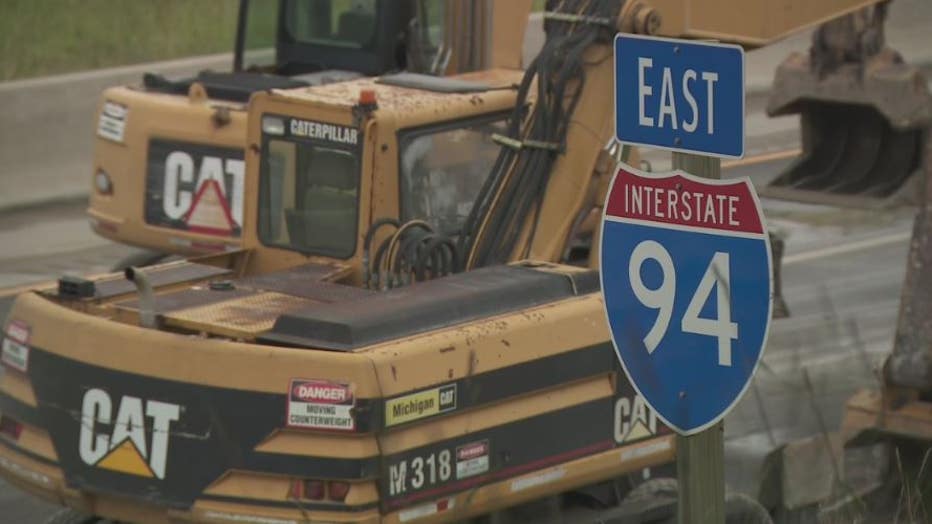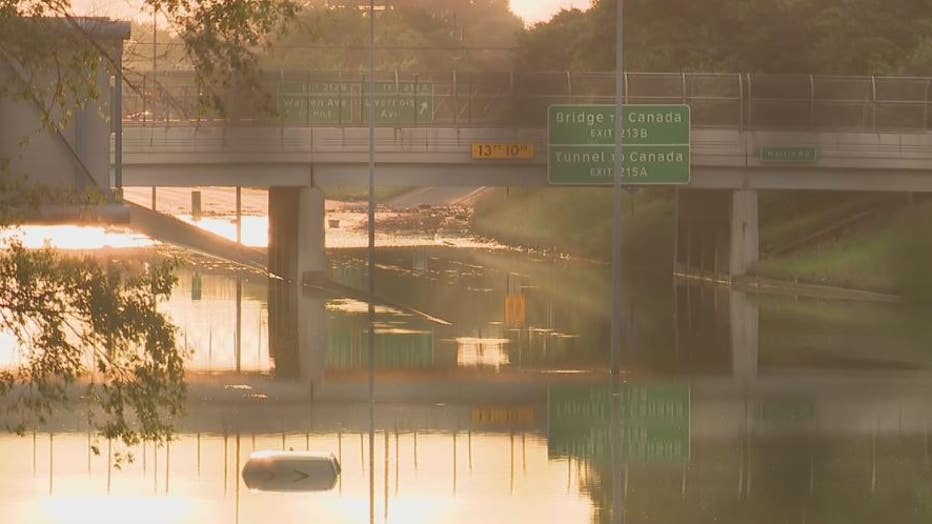Class-action lawsuit filed against Detroit water dept for infrastructure flood failure
DETROIT (FOX 2) - I-94 is closed on the eastbound side for repairs after flooding last weekend and MDOT says it's going take about at least a week to fix.
The epicenter of I-94 freeway flood damage problems is in and around Warren Avenue in Detroit. The eastbound side is closed from I-96 to Michigan Avenue in east Dearborn.

Attorney Ven Johnson files class action lawsuit against Detroit water department for flood
Johnson said that after the massive flood problems and damage from 2014, the infrastructure should have been improved since then and more prepared for this recent torrential downpour.
Attorney Ven Johnson filed a class-action lawsuit representing hundreds, if not thousands of people who suffered property damage in the floods.
"It's dangerous, very dangerous out there, and on top of that, people's homes are flooded, it's been a bad bad week," said Ali Nassar, who owns the Warren and Livernois Mini Mart.
Sewer-soaked possessions line the streets of many cities, some parts of I-94 are still damaged and closed, and thousands still don't have power. Attorney Ven Johnson blames the government.
"People have got to understand this - our governments are set up to protect us," Johnson said. "That is their job, that is what we pay them to do.
And now Johnson is bringing a class-action lawsuit against the Detroit Water and Sewerage Department for tens of thousands of dollars in damages and irreplaceable losses to victims of the floodwaters.
"Yet again we have another infrastructure failure by our government," he said.

Over seven inches of rain fell last weekend. Authorities say a combination of power failures and the oversaturation of the rivers and streams used for drainage, cause of the floods.
Johnson said that after the massive flood problems and damage from 2014, the infrastructure should have been improved since then and more prepared for this recent torrential downpour.
FOX 2: "The water department says there was seven inches of rain. How could they guard against that?"
"The answer is they have to know that it's happening," Johnson said. "It has been happening for years."

MDOT says the cause of these floods was a combination of the rain and a power outage affecting the pumping stations. Those have no back up generators, but when they finally got new power, the streams and creeks were already filled up with water and couldn't handle any excess.

